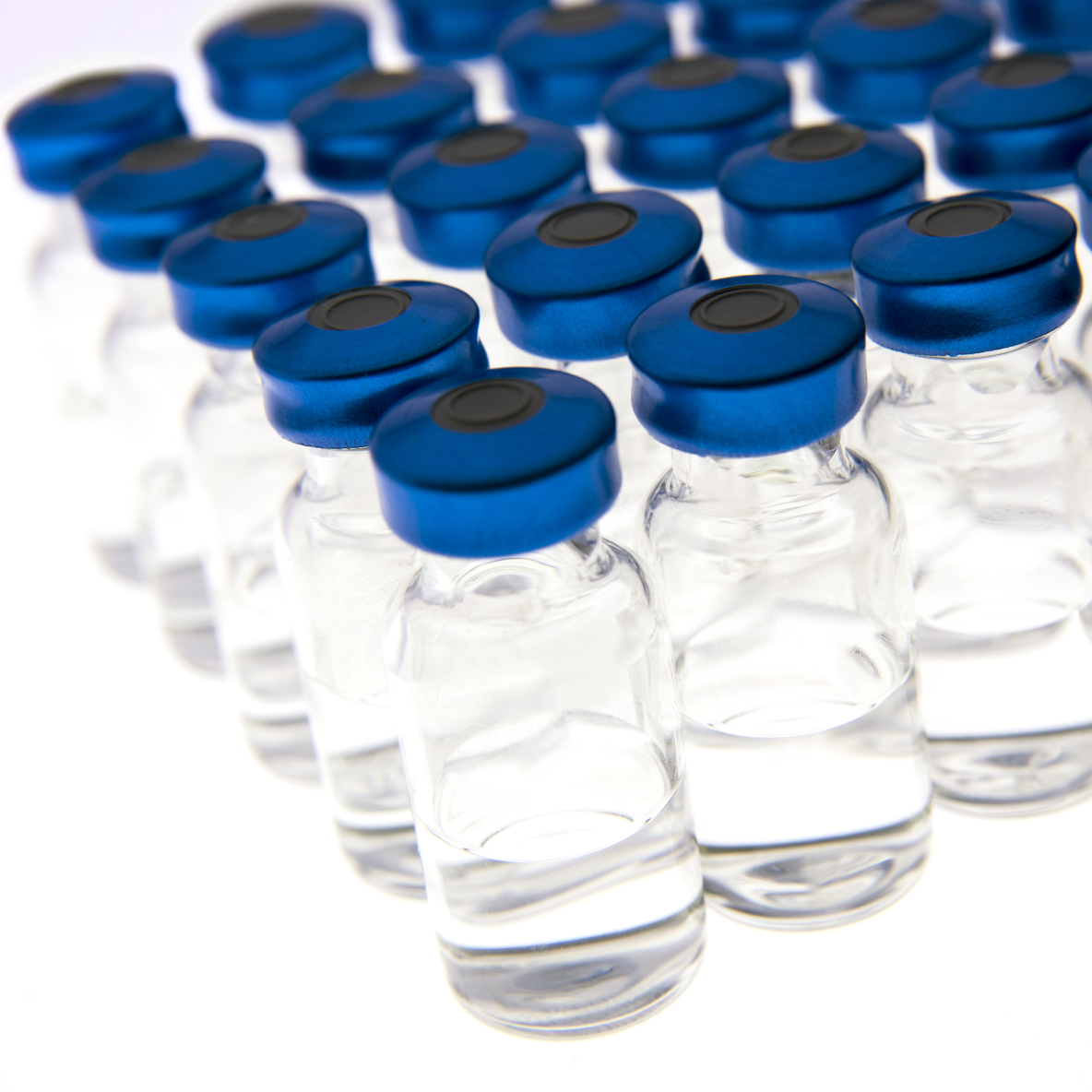For more than a century, Corning’s products have played a role in developing vaccines and medicines and helping to get them safely to the public. We’ve made the tubes, flasks and specialized cell culture surfaces used in research laboratories, and advanced glass vials that help speed new vaccines to market. Here’s a look at that history:
Nonex to Valor® Glass: Corning’s 100-Year History of Life-Saving Innovation for Vaccine Development
Nonex to Valor® Glass: Corning’s 100-Year History of Life-Saving Innovation for Vaccine Development

1908: Nonex
1908: Nonex
For nearly two decades, pharmaceutical companies and other industries had relied on a shock-resistant borosilicate glass developed in Germany by Schott AG. In 1908, Corning’s research director, Eugene Sullivan, improved on Schott’s glass to create a low-expansion, reduced-breakage glass branded as Nonex.
For nearly two decades, pharmaceutical companies and other industries had relied on a shock-resistant borosilicate glass developed in Germany by Schott AG. In 1908, Corning’s research director, Eugene Sullivan, improved on Schott’s glass to create a low-expansion, reduced-breakage glass branded as Nonex.
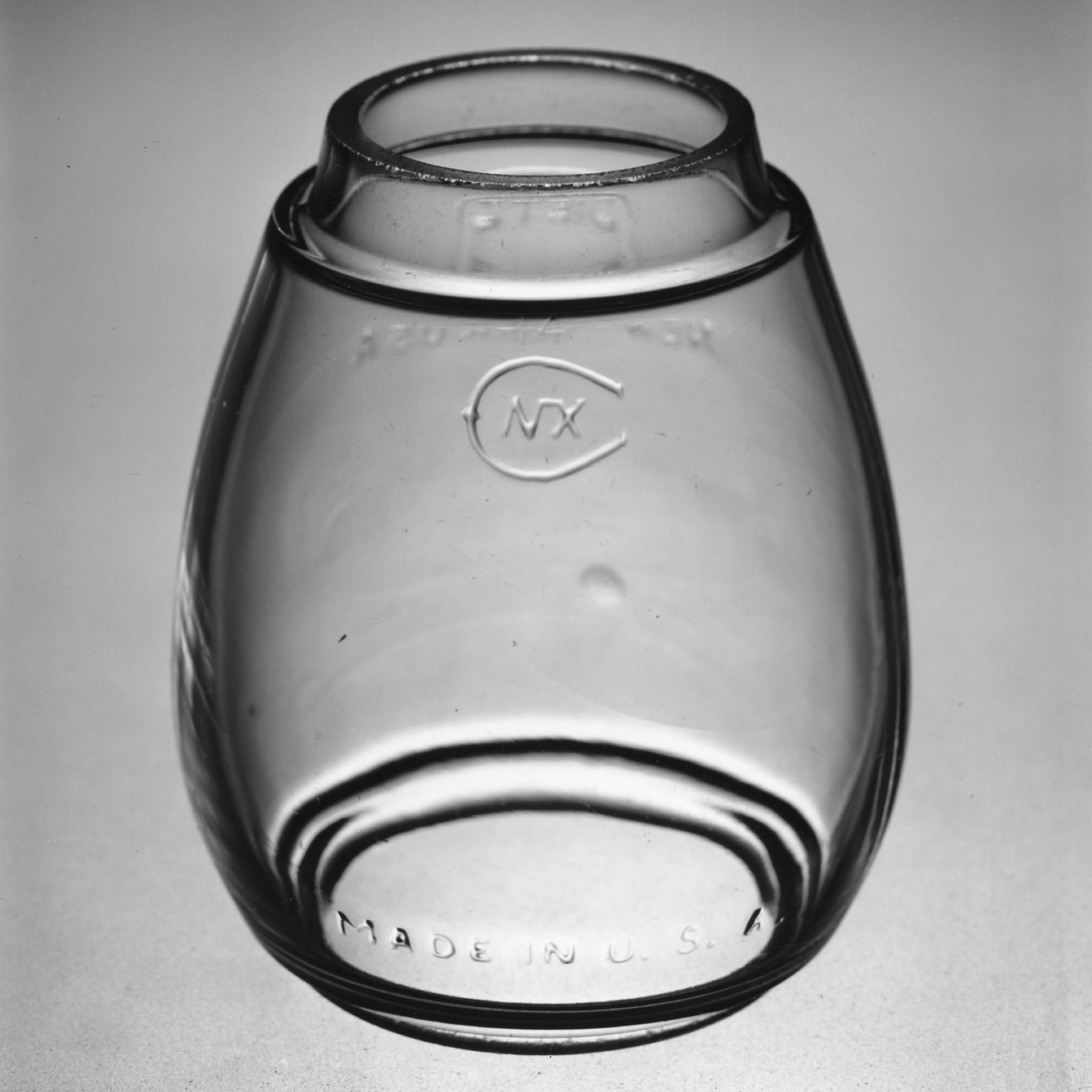

1913: PYREX®
1913: PYREX®
Corning scientist Jesse Littleton just wanted to help his wife, Bessie. She planned to bake a sponge cake, but her ceramic baking dish broke. Littleton handed her a sawed-off round glass battery jar made from Nonex. The cake turned out perfect, and it was a breakthrough moment for Littleton. Back at Corning, he worked to remove lead from the borosilicate glass to make it safe for cookware. The first commercial product was a pie plate. Playing off the Nonex name, Corning named the new glass “pie-rex” – better known as PYREX.
Corning scientist Jesse Littleton just wanted to help his wife, Bessie. She planned to bake a sponge cake, but her ceramic baking dish broke. Littleton handed her a sawed-off round glass battery jar made from Nonex. The cake turned out perfect, and it was a breakthrough moment for Littleton. Back at Corning, he worked to remove lead from the borosilicate glass to make it safe for cookware. The first commercial product was a pie plate. Playing off the Nonex name, Corning named the new glass “pie-rex” – better known as PYREX.
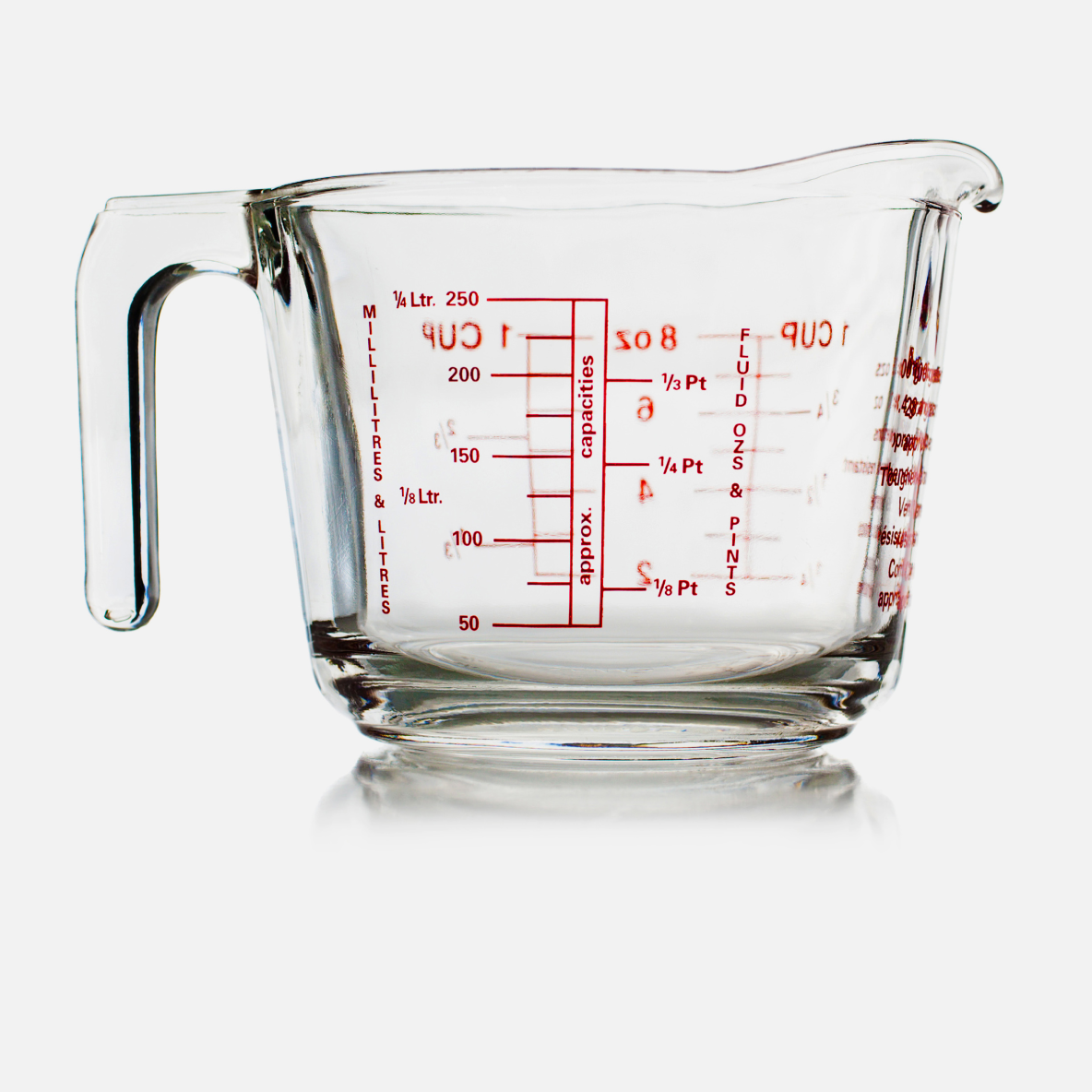

1915: PYREX Lab Glass
1915: PYREX Lab Glass
As World War I began in Europe, most U.S. laboratories were still using glass made by Schott and other companies in Germany and Austria. The war cut off the supply of those products, and labs needed a new supplier. Corning stepped in with PYREX lab products, which turned out to be perfect for lab work and superior to German-made glass. By the end of the war, PYREX had become the standard in most American research labs.
As World War I began in Europe, most U.S. laboratories were still using glass made by Schott and other companies in Germany and Austria. The war cut off the supply of those products, and labs needed a new supplier. Corning stepped in with PYREX lab products, which turned out to be perfect for lab work and superior to German-made glass. By the end of the war, PYREX had become the standard in most American research labs.
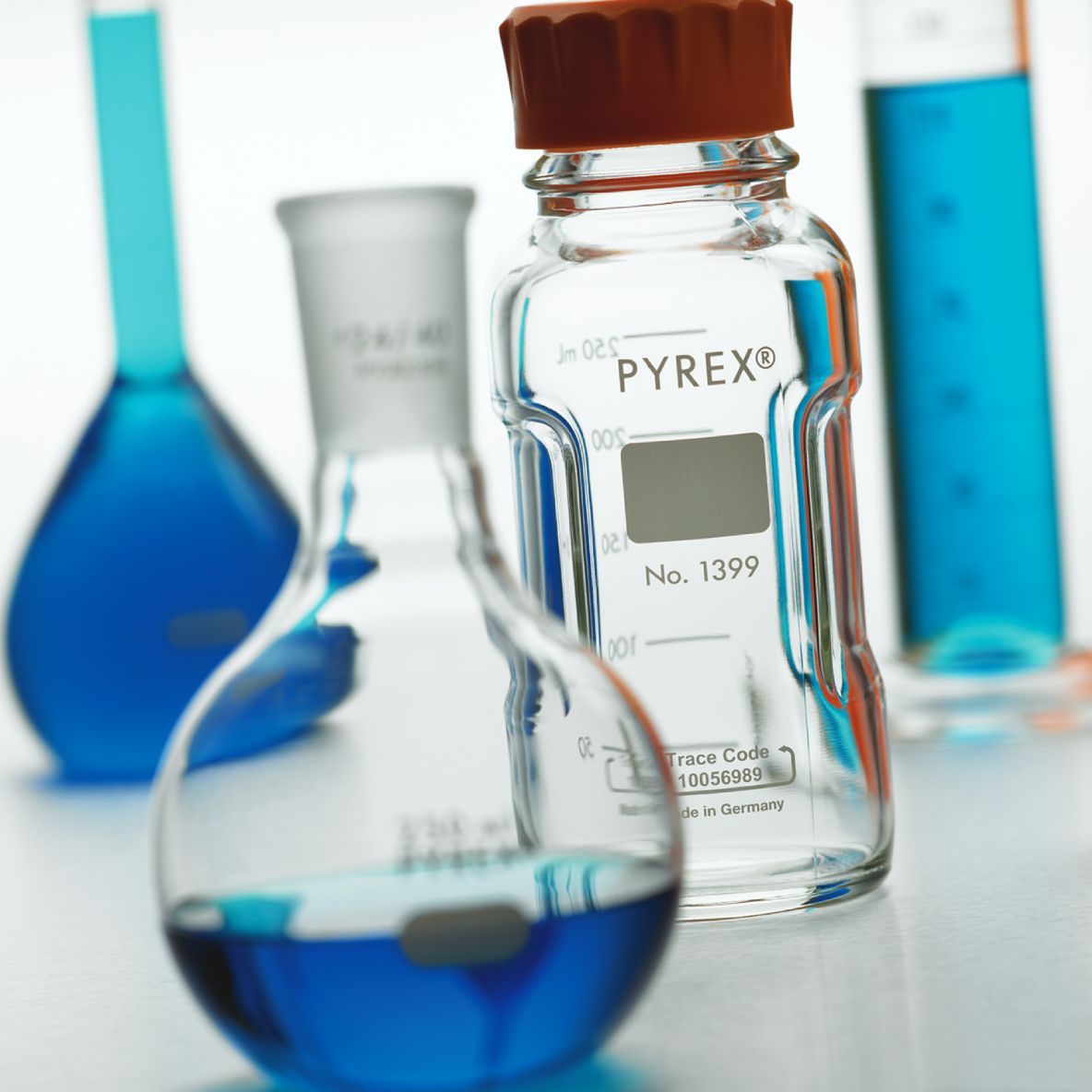

1935: Perfusion Pump
1935: Perfusion Pump
In 1927, Charles Lindbergh became one of the most famous Americans by being the first to fly non-stop from New York to Paris. Years later, he came in contact with Nobel Prize-winning scientist Alexis Carrel, who was working on an oxygenated blood fluid that could keep human organs alive outside the body during surgery. But the fluid needed a mechanism in which to work. Lindbergh applied his mechanical knowledge and helped Carrel make the first perfusion pump – a PYREX glass device that held an organ so it could be perfused – or permeated – with the fluid.
In 1927, Charles Lindbergh became one of the most famous Americans by being the first to fly non-stop from New York to Paris. Years later, he came in contact with Nobel Prize-winning scientist Alexis Carrel, who was working on an oxygenated blood fluid that could keep human organs alive outside the body during surgery. But the fluid needed a mechanism in which to work. Lindbergh applied his mechanical knowledge and helped Carrel make the first perfusion pump – a PYREX glass device that held an organ so it could be perfused – or permeated – with the fluid.
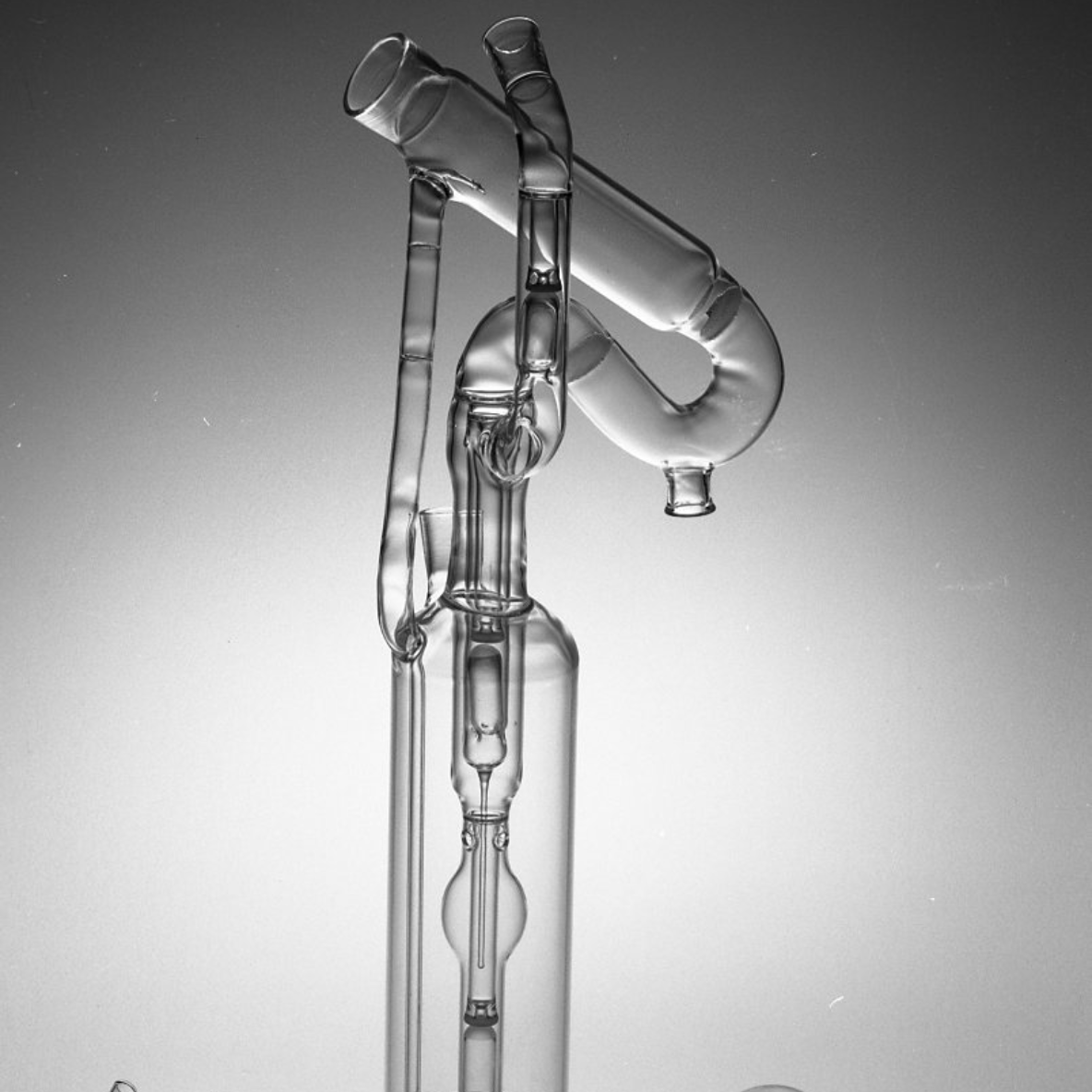

1941: Penicillin
1941: Penicillin
In 1928 in London, Alexander Fleming noticed that a blue mold that grew in a petri dish could destroy many types of bacteria. After experimenting, he found he could make an extract from mold that did not harm human blood corpuscles. He named the drug Penicillin. When research on Penicillin took off in the 1940s, it was grown in PYREX culture bottles. As Penicillin made its way onto the market as a dry powder, it was typically packaged in PYREX containers called syringe barrels.
In 1928 in London, Alexander Fleming noticed that a blue mold that grew in a petri dish could destroy many types of bacteria. After experimenting, he found he could make an extract from mold that did not harm human blood corpuscles. He named the drug Penicillin. When research on Penicillin took off in the 1940s, it was grown in PYREX culture bottles. As Penicillin made its way onto the market as a dry powder, it was typically packaged in PYREX containers called syringe barrels.
.png)

1954: Polio Vaccine
1954: Polio Vaccine
In 1952, Jonas Salk created the first vaccine against polio at the University of Pittsburgh. Two years later, with the world desperate to rid itself of the debilitating childhood disease, Salk launched one of the most extraordinary scientific experiments in history: he would inject either the vaccine or a placebo into more than 650,000 children. To get the liquid vaccine to the public, it was packaged in Corning-made borosilicate glass vials. A year later, Salk announced that the vaccine was safe and 80 to 90 percent effective. The New York Times banner headline: "SALK POLIO VACCINE PROVES SUCCESS; MILLIONS WILL BE IMMUNIZED SOON; CITY SCHOOLS BEGIN SHOTS APRIL 25."
In 1952, Jonas Salk created the first vaccine against polio at the University of Pittsburgh. Two years later, with the world desperate to rid itself of the debilitating childhood disease, Salk launched one of the most extraordinary scientific experiments in history: he would inject either the vaccine or a placebo into more than 650,000 children. To get the liquid vaccine to the public, it was packaged in Corning-made borosilicate glass vials. A year later, Salk announced that the vaccine was safe and 80 to 90 percent effective. The New York Times banner headline: "SALK POLIO VACCINE PROVES SUCCESS; MILLIONS WILL BE IMMUNIZED SOON; CITY SCHOOLS BEGIN SHOTS APRIL 25."
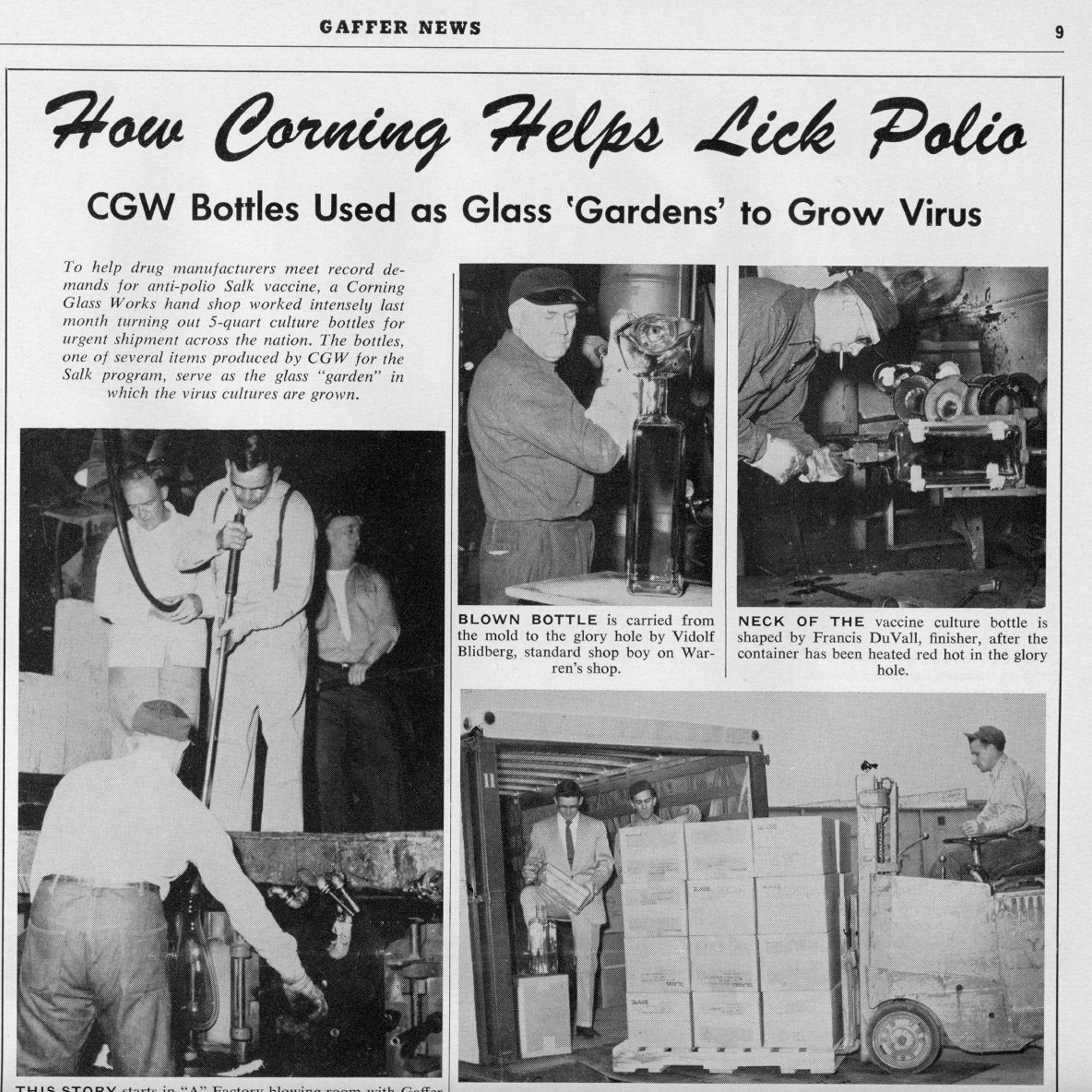

1974: Plastic Labware
1974: Plastic Labware
The process of developing vaccines evolved over the decades, yet it was always based on quickly growing living cells to study. To facilitate this, Corning has spent more than 100 years developing and improving labware for this crucial process step. While glass is an optimized material for vaccine packaging, plastic presents important benefits when it comes to cell cultures.
In 1974, Corning introduced the first disposable plastic laboratory products, eliminating the need for autoclaving glass, improving lab safety, and allowing for the conditioning of surfaces to promote better cell growth. Corning later introduced stacked plastic vessels to increase the number of cells than can be grown in defined cubic volumes, including Corning CellCUBE®, Corning CellSTACK®, and Corning HYPERStack®. Stacked vessels are routinely used in today’s vaccine scale-up process.
The process of developing vaccines evolved over the decades, yet it was always based on quickly growing living cells to study. To facilitate this, Corning has spent more than 100 years developing and improving labware for this crucial process step. While glass is an optimized material for vaccine packaging, plastic presents important benefits when it comes to cell cultures.
In 1974, Corning introduced the first disposable plastic laboratory products, eliminating the need for autoclaving glass, improving lab safety, and allowing for the conditioning of surfaces to promote better cell growth. Corning later introduced stacked plastic vessels to increase the number of cells than can be grown in defined cubic volumes, including Corning CellCUBE®, Corning CellSTACK®, and Corning HYPERStack®. Stacked vessels are routinely used in today’s vaccine scale-up process.
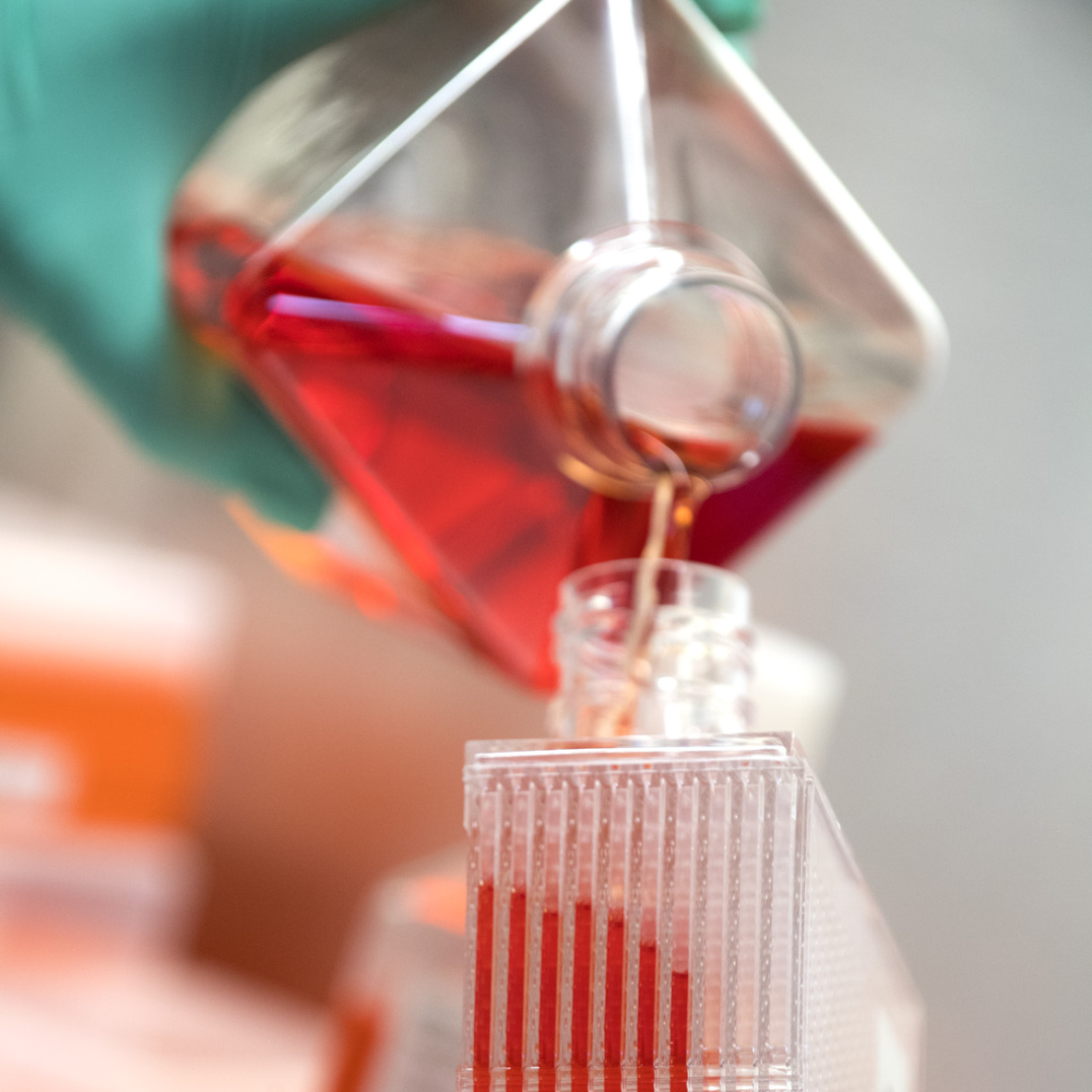

2017: Valor® Glass
2017: Valor® Glass
In 2011, Corning CEO Wendell Weeks learned that the industry needed better glass vials for pharmaceutical drugs. It had been using versions of the same borosilicate glass for nearly a century. But that glass has too much friction on the outside, which could lead to jams in assembly lines, increasing damage and breakage and slowing production. The glass composition could also lead to delamination – tiny glass particles that flake off into drug products over time, risking sterility and patient safety. Weeks brought the idea back to Corning, which then developed Valor Glass vials, a new glass package that produces much less friction and solves the delamination problem. The result: pharmaceutical manufacturing lines can run nearly twice as fast using Valor Glass technology. The U.S. Operation Warp Speed initiative selected Valor Glass vials to help accelerate COVID-19 vaccine and drug delivery. In 2020, Corning began ramping up production in anticipation of a COVID-19 vaccine, which would have to be made quickly and distributed to billions of people worldwide.
In 2011, Corning CEO Wendell Weeks learned that the industry needed better glass vials for pharmaceutical drugs. It had been using versions of the same borosilicate glass for nearly a century. But that glass has too much friction on the outside, which could lead to jams in assembly lines, increasing damage and breakage and slowing production. The glass composition could also lead to delamination – tiny glass particles that flake off into drug products over time, risking sterility and patient safety. Weeks brought the idea back to Corning, which then developed Valor Glass vials, a new glass package that produces much less friction and solves the delamination problem. The result: pharmaceutical manufacturing lines can run nearly twice as fast using Valor Glass technology. The U.S. Operation Warp Speed initiative selected Valor Glass vials to help accelerate COVID-19 vaccine and drug delivery. In 2020, Corning began ramping up production in anticipation of a COVID-19 vaccine, which would have to be made quickly and distributed to billions of people worldwide.
